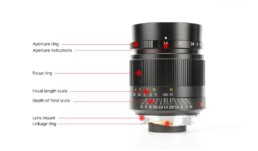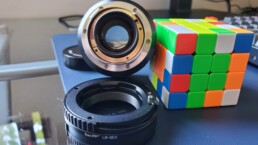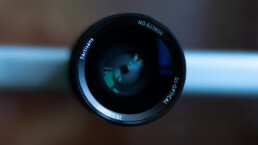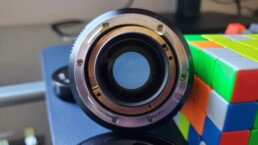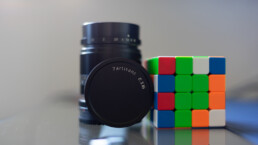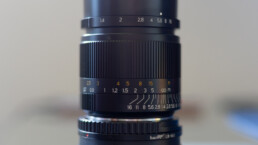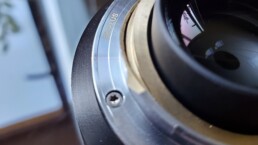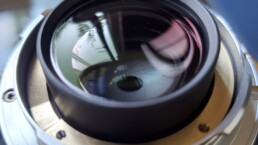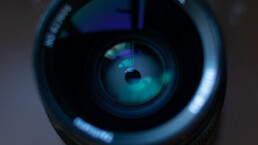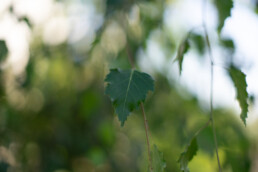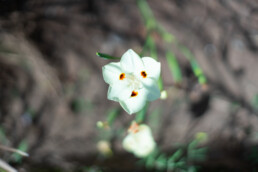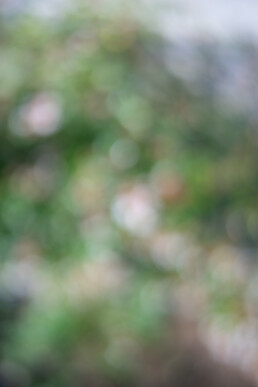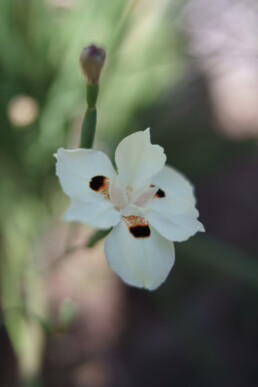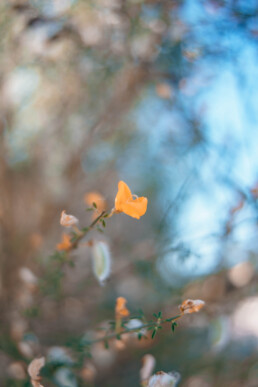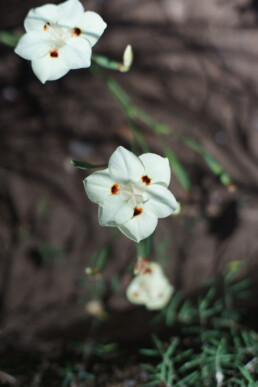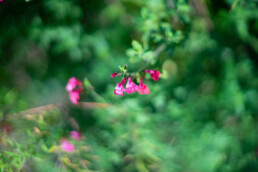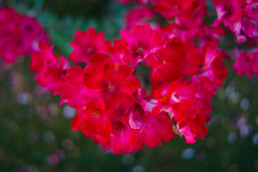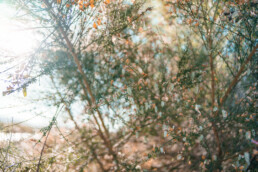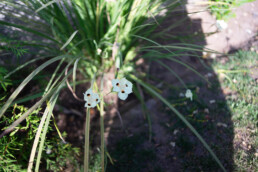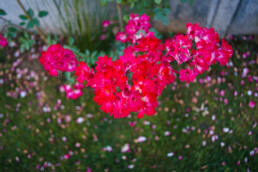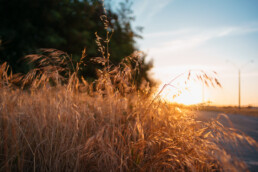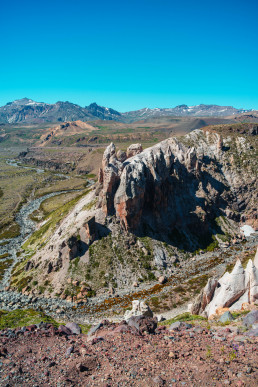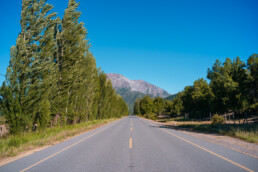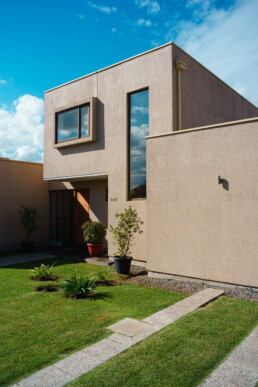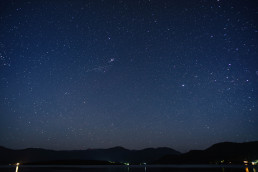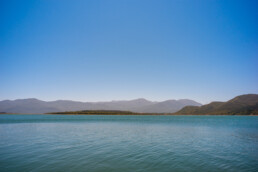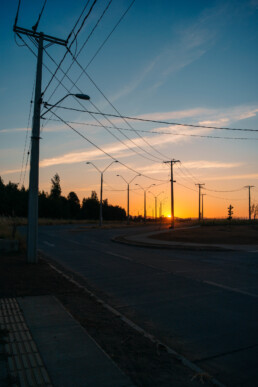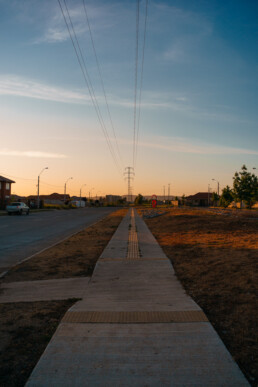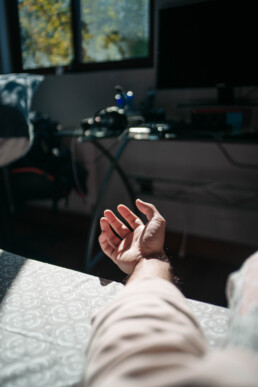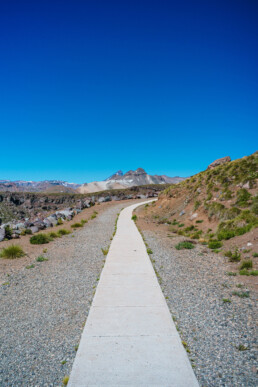7Artisans 28mm F/1.4 FE-Plus – Review
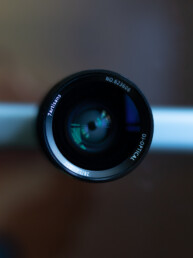
Characteristics
- Lens Mount: Leica - M
- Type: Prime lens
- Focusing: Manual
- Construction:
- Lens Groups: 11
- Lens Element: 9
- Aperture Blades: 13
- Rounded
- Min. Aperture: 1.4
- Max Aperture: 16
- Min. Focal distance: 0.7 m
- Filter Size: 52 mm
- Length: 69 mm
- Weight: 490 gr
- Hood: Yes, not included in the retail package
- Price (new): USD 436 / May - 2021
Introduction
As far as lenses go, 7artisans had a reputation for making affordable lenses that feel good when they are in use, but when you take a look at the images you might found surprises regarding the image quality. Mainly in the corners, or getting too much artifacts at different apertures. I say had, because that’s not entirely the case with some of their more expensive (but affordable in comparison) glasses.
7artisans produce lenses for several camera systems, taking advantage of the mirrorless cameras of today, and with that they have been gaining reputation among the enthusiast. But, how about the quality of the images? Let try to answers that in this review.
Tested on a Sony α7II and α7C
- 24 mp sensors.
- IBIS activated.
Construction
With a metal and brass construction, this lens is heavy but has a nice feeling when it’s being held. The almost 500 gr are well distributed along the cylindrical shape of the lens and overall feels sturdy and well built, as lenses that cost a lot more. Regarding the aperture selection, it has little to no play and has a really nice tactile feeling when you change it (check the video below). Although I have read that in some copies the opening ring may be a little looser than usual.
The lens has a nice and big focus wheel, that allows a precise focus that’s really needed in higher apertures. It has a distance markings (engraved) in meters and feet, coupled with the hyperfocal distance for each aperture (You use the hyperfocal distance scale to know which parts of your image will be in focus at different aperture settings).
Overall, the construction of this lens surpass what one may think of it by only looking the price tag. It has withstood months of used with no sing of loose parts or any other degradation. Really recommended.
Versions
There are two versions of this lens, the FE-PLUS and the “normal” one.
- FE-PLUS: Adjusted for the filter stack on the sensor of Sony cameras.
- Normal: Adjusted for Leica cameras.
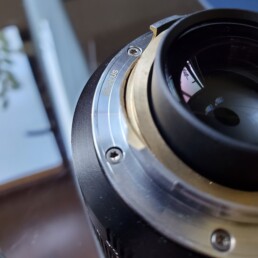
Adapter
The adapter used to fit the lens onto an E mount is one from Haoge – “Haoge macro close focus lens adapter for Leica M to Sony E Mount” (Amazon / Ebay) (Affiliate links). This is an adapter that have an helicoid macro tube in it. This allows to change the minimum focal distance of the lens, in this case, from 0.7 meters to 0.25 meters.
It can be seen in the images that the adapter it’s capable of extending the lens to achieve this. The part that extends protrude from the adapter to close the focus distance, and can be contracted to return to a normal estate. The movable part of the adapter comes lubricated, so it’s important to keep this in mind and check if nothing is leaking. Although this has not happened in the time I have been using the adapter in conjunction with the lens.
In any case, the adapter has a sturdy construction (metal) and can very well sustain the 500 gr of the lens.
Handling
Being that this lens is a non native one for the E-mount cameras, all the operations for the lens are done directly on it. In this regard, manual focus is the most crucial one. Besides that, after carrying this lens in a α7II or α7C for an hour or more, you start to feel the weight of the lens and the body. There’s certainly an imbalance between the weight of the lens and the camera, so an strap is necessary for longer sessions with this lens.
Manual Focus
As stated above, the focusing wheel is big, smooth and aids to achieve precision when focusing. Pairing this with the digital zoom available in mirrorless cameras, the focusing experience is a pleasant one, although can be regarded as a slow one. Personally I’ve configured in my camera that the center wheel button activates the magnifier, so I press this every time that I want to be completely sure that I’m focusing accurately.
Bokeh
Being an f/1.4 lens one would expect a rather pleasant and “dreamy” bokeh and indeed you get it, but it’s a little more complicated than your usual “portrait” lens. The minimum focal distance of 70 cm makes the bokeh somewhat mild at f/1.4, needing a greater separation from the background and your subject, making this lens specially useful in environmental portraits. When using the helicoid adapter, the characteristics of the lens change completely and the bokeh is transformed as well. I must say that i find it hard to justify the use of the helicoid adapter for only this purpose, but ultimately it is a tool that is available, as needed.
The bokeh tends to form an “swirly” pattern in the borders, worth mentioning to check if that’s a desired characteristic or not.
Below you can find examples of the bokeh in different situations. Also, check the video above to sea a more realistic approach.
Helicoid adapter protruded
Normal MFD
Distortion
At f/1.4 the falloff is pretty strong in the borders, as seen in the first comparison. At f/8 is the sweet spot for it, showing little to none falloff in the borders.
There isn’t an official profile for this lens, so the one I use in Lightroom is the “Leica SUMMILUX-M 28mm f/1.4 ASPH”.
F/1.4
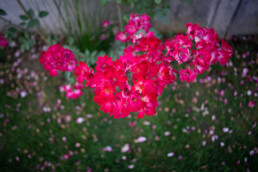
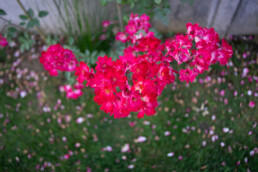
Up: No profile. / Down: Profile applied.
F/8
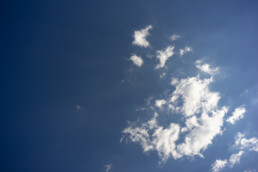

Up: No profile. / Down: Profile applied.
Conclusions
There’s no doubt that using this lens confers a certain “good” feeling, whether that is for the manual operation, the balanced weight or the design itself. The images you get are sharp and with a lovely rendering, although you have to be mindful of your situation. For example, I wouldn’t use this lens for astrophotography, at his maximum aperture the corners left a lot to be desired. One could label this lens as an environmental portrait lens, besides the usual landscape or so, but the use cases can be way beyond that. Nevertheless, you need to learn to use this lens in order to take full advantage of it, as is usually the case with manual lenses.
Now nitpicking.
- The weight (to me) is one of the factors that make me second guessing to choose this lens among other lighter one, mainly for extended sessions or for carrying it around on hand.
- The fact that the bokeh can be somewhat disappointing near the MFD of 70 cm, or busy as other put it. For the swirly patterns, the cat eyes, etc.
- Sometimes a greenish tint can be seen in the photos.
- That’s a common problem for M lenses in Sony Sensors.
Although the exterior design is a copy of the Leica lenses, 7artisans end up surprising us in terms of image quality and construction. We are used to “high prices equals high quality”, but the more we are interested in photography in general, the more quickly we realize that there is a diminishing return on it. Other factors come into play when you take photos for the art and not for top-notch equipment.
Alternatives.
- Sony SEL28F20 FE 28mm f/2
- Samyang (Rokinon) FE 24mm f/2.8
